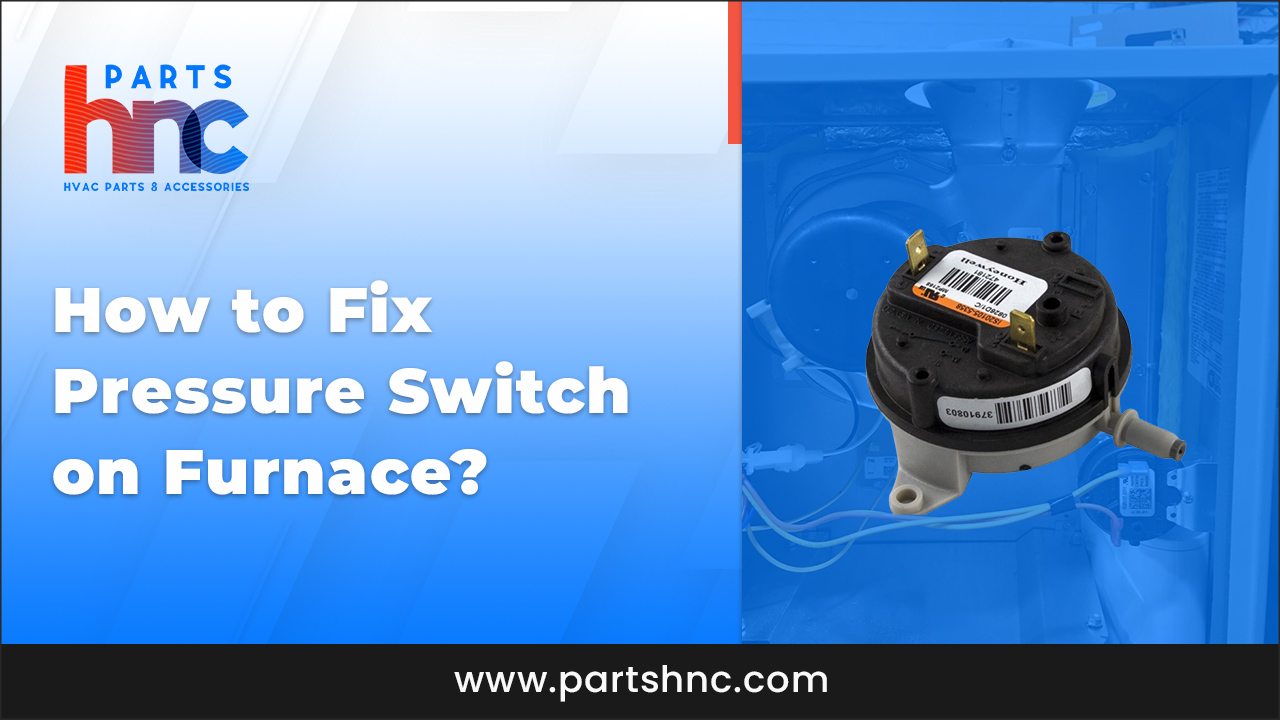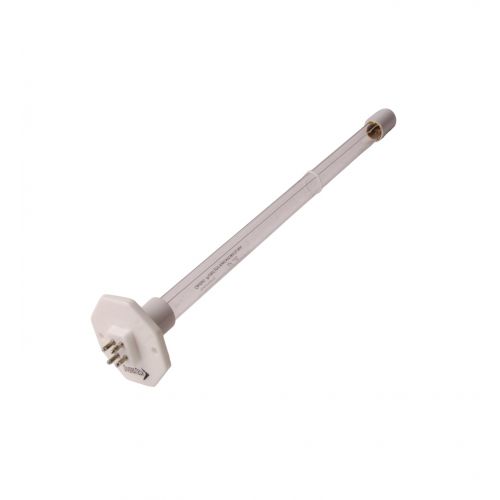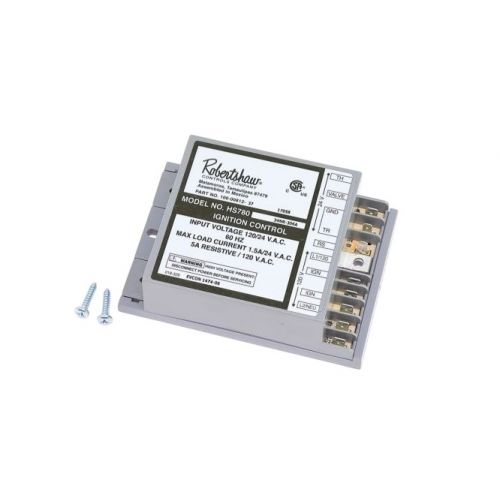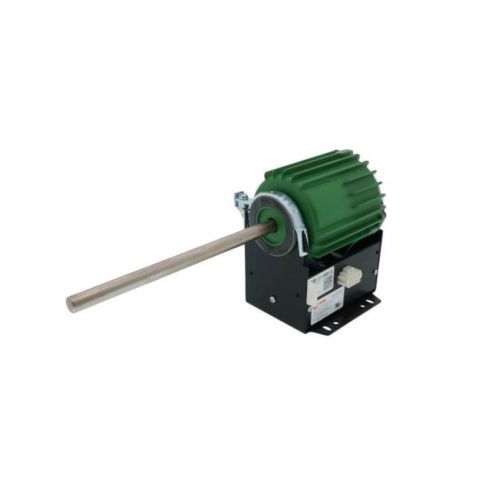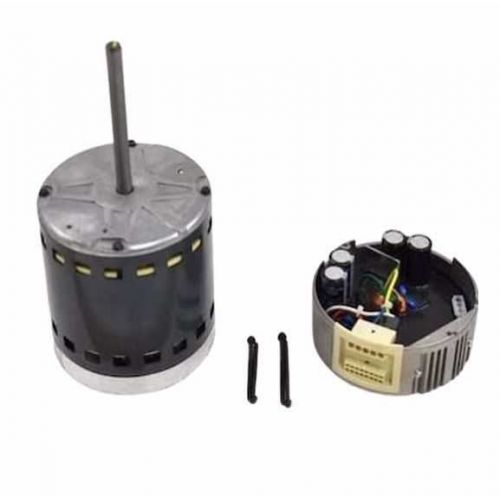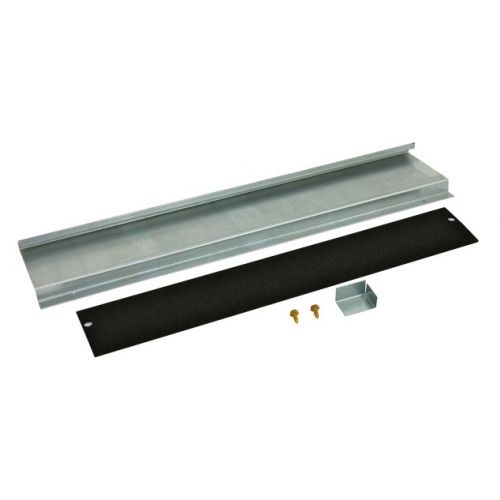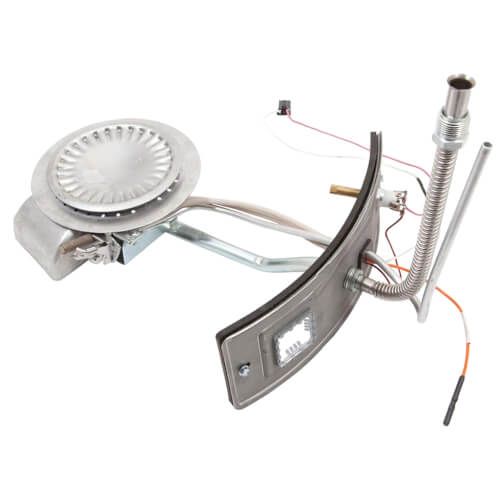How to Fix Pressure Switch on Furnace?
Furnaces are essential for maintaining a warm and comfortable home during cold months. However, when problems arise with your furnace, especially with components like the furnace pressure switch, the system may stop functioning correctly. Understanding how to address such issues is key to maintaining the efficiency of your HVAC system. In this guide, we will explore everything you need to know about diagnosing and fixing a faulty furnace pressure switch. From understanding what a pressure switch does to replacing it, this article covers all the essential steps.
Table of Contents
- What Is a Furnace Pressure Switch and Why Does It Matter?
- How Do You Know If Your Furnace Pressure Switch Is Faulty?
- Why Does Your Furnace Pressure Switch Fail?
- What Tools Do You Need to Fix a Furnace Pressure Switch?
- How to Test a Furnace Pressure Switch
- How to Replace a Furnace Pressure Switch
- How Can You Prevent Furnace Pressure Switch Problems in the Future?
- FAQs
What Is a Furnace Pressure Switch and Why Does It Matter?
A furnace pressure switch is a safety device that ensures your furnace operates correctly by monitoring the draft created by the blower. When the furnace turns on, the pressure switch detects if the draft inducer motor is creating sufficient airflow to vent gasses through the exhaust. If the airflow is adequate, the pressure switch closes, allowing the furnace to ignite. If it detects insufficient airflow, it remains open to prevent the furnace from firing, protecting your home from dangerous situations like carbon monoxide leaks.
In short, the pressure switch plays a critical role in ensuring safe furnace operation. A furnace pressure switch stuck open will prevent the furnace from functioning, leaving your home without heat.
How Do You Know If Your Furnace Pressure Switch Is Faulty?
A faulty furnace pressure switch can cause several performance issues that make it obvious there is a problem. Here are some clear signs that indicate you may be dealing with a bad furnace pressure switch:
-
Furnace Fails to Ignite
If the furnace attempts to start but fails to ignite, the furnace pressure switch stuck open could be the cause. The switch isn’t closing because it’s not detecting the correct pressure, preventing the furnace from starting. This is often one of the first signs of a problem.
-
Error Codes
Modern furnaces are equipped with diagnostic systems that display error codes when something goes wrong. If you notice an error code related to the furnace pressure switch open fault, it means the switch has failed to close properly, indicating a malfunction.
-
Short Cycling
A furnace that turns on and off frequently without completing a heating cycle could point to furnace pressure switch problems. Short cycling is usually due to the furnace incorrectly sensing air pressure, causing it to shut down prematurely.
-
Noisy Furnace
Sometimes, a bad pressure switch can cause unusual noises when the furnace tries to start. Clicking or buzzing sounds may indicate that the switch is attempting to engage but cannot close the circuit.
-
Furnace Blower Running Continuously
If your blower fan runs constantly, it may be another sign of a bad pressure switch on the furnace. This usually occurs when the furnace cannot ignite, and the blower continues to run in an attempt to push out trapped gases.
Are you facing challenges with your Lennox furnace's pressure switch? Check out our article on Troubleshooting Common Issues with Lennox Furnace Pressure Switches for expert insights and solutions.
Why Does Your Furnace Pressure Switch Fail?
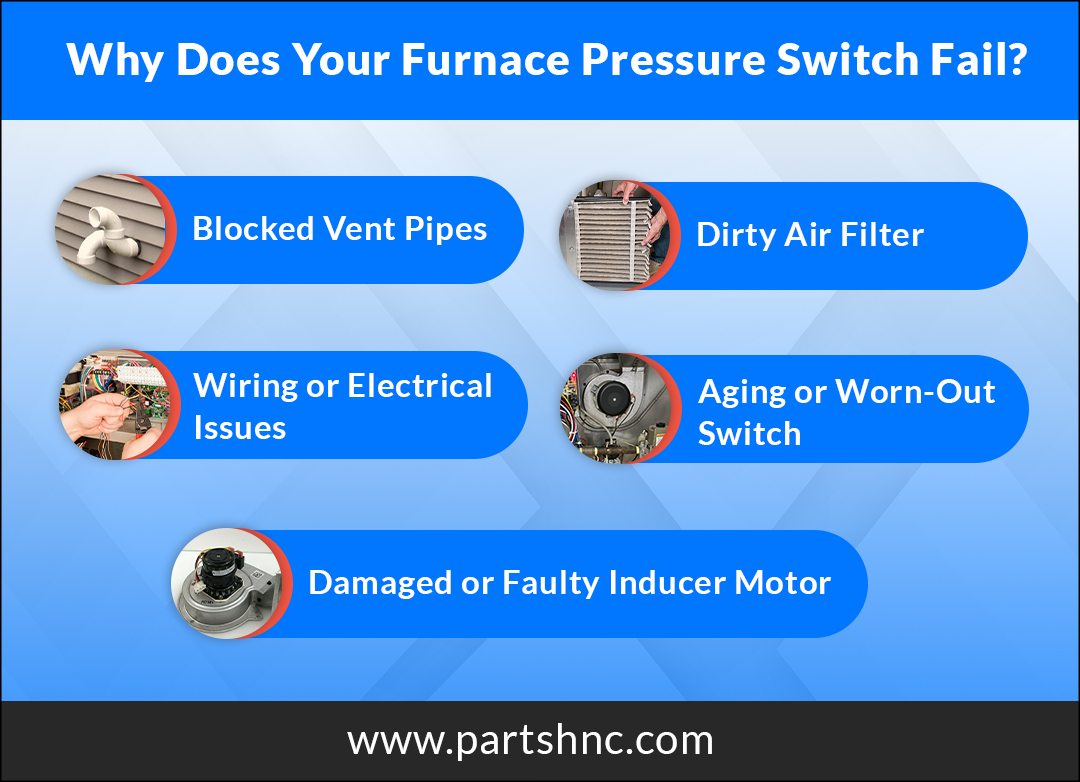
A pressure switch fault furnace can happen due to several reasons. Understanding why the switch fails will help you troubleshoot and potentially avoid future problems.
-
Blocked Vent Pipes
One of the most common reasons for a pressure switch failure is blockage in the furnace vent system. If the vent pipe is clogged with debris, snow, or animals, it restricts airflow, causing the pressure switch to stay open.
-
Dirty Air Filter
A clogged air filter can restrict airflow throughout the entire HVAC system, leading to issues with the pressure switch. If the furnace can’t generate enough airflow, the pressure switch will remain open and prevent the furnace from starting.
-
Damaged or Faulty Inducer Motor
The inducer motor is responsible for creating the draft that the pressure switch monitors. If the inducer motor isn’t working correctly, the pressure won’t be sufficient to close the pressure switch.
-
Wiring or Electrical Issues
Sometimes, the problem isn’t with the pressure switch itself but with the wiring or connections leading to it. Faulty wiring can prevent the switch from closing or opening, causing the furnace to malfunction.
-
Aging or Worn-Out Switch
Like any mechanical part, a furnace pressure switch can simply wear out over time. After years of usage, the internal components can degrade, causing the switch to malfunction.
Understanding these potential causes can help you troubleshoot the furnace pressure switch problems and prevent future issues.
What Tools Do You Need to Fix a Furnace Pressure Switch?
Before you start fixing or replacing your HVAC pressure switch, ensure you have the right tools:
- Multimeter for testing voltage and continuity
- Screwdrivers (flathead and Phillips) for removing screws and accessing components
- Replacement pressure switch that matches your furnace model
- Pliers for handling screws, wires, and tubing
- Wrench set for loosening any nuts or bolts
- Tubing in case the original tubing is damaged
Having these tools on hand will make the furnace pressure switch replacement process smoother and more efficient.
How to Test a Furnace Pressure Switch
To confirm whether the furnace pressure switch is malfunctioning, follow these steps:
- Turn off power to the furnace: Safety first! Switch off the power at the circuit breaker to avoid electrical hazards.
- Locate the furnace pressure switch: The furnace pressure switch location is typically near the draft inducer motor. It’s a small, round device with two wires and a hose attached.
- Disconnect the wires and tubing: Carefully remove the wires and tubing connected to the switch.
- Use a multimeter: Set your multimeter to measure continuity and attach the probes to the switch terminals. If the switch is in good condition, the multimeter will indicate continuity when the furnace starts and the inducer fan is running.
- Voltage test: You can also test for voltage across the switch terminals while the inducer fan runs. If there's no voltage reading, the switch may be faulty.
If the test furnace pressure switch process reveals a problem, it’s time to consider replacing the pressure switch on the furnace.
Facing issues with your furnace's performance? Check out our detailed guide on furnace control board replacement to ensure your system operates efficiently.
How to Replace a Furnace Pressure Switch
If you've determined the switch is defective, here's how to perform the furnace pressure switch replacement:
- Turn off power: Ensure the furnace is powered off at the breaker.
- Remove the old switch: Using a screwdriver, remove the screws holding the switch in place. Disconnect the wiring and tubing attached to the switch.
- Install the new switch: Attach the new furnace pressure switch to the same location as the old one. Reconnect the wiring and tubing.
- Check for proper installation: Ensure the tubing is tightly connected, and the wiring is secure. A loose connection could cause further furnace pressure switch problems.
- Turn the power back on: Once everything is installed, restore power to the furnace and test it by running a heating cycle. Ensure the furnace ignites properly and runs without issues.
Have trouble with your furnace pressure switch? At PartsHnC, we offer a wide range of quality HVAC parts to get your furnace running smoothly. From furnace pressure switches, high-pressure switches, and draft inducer motors to control boards, blower motors, and tubing kits, we have everything you need for quick and reliable furnace repairs.
How Can You Prevent Furnace Pressure Switch Problems in the Future?
Preventing future issues with the pressure switch is crucial to maintaining an efficient HVAC system. Here are some tips:
- Regular maintenance: Annual furnace inspections and cleaning help ensure that parts like the pressure switch stay in good working condition.
- Clean and clear venting: Make sure your exhaust vent is free from obstructions such as leaves, snow, or dirt. Restricted airflow can cause the furnace pressure switch to open fault.
- Replace worn tubing: Check the tubing that connects to the switch regularly. Replacing it if worn or cracked can prevent a bad furnace pressure switch.
- Monitor the inducer motor: Ensure the draft inducer motor works efficiently. A malfunctioning motor can lead to pressure switch failure.
By keeping your system well-maintained, you reduce the risk of a bad pressure switch on the furnace and other HVAC problems.
Conclusion
The furnace pressure switch is an essential safety component that ensures your furnace operates safely and efficiently. Understanding how to identify and fix issues related to the pressure switch can save you from costly repairs and potential safety hazards. With proper maintenance and timely furnace pressure switch replacement, you can extend the life of your HVAC system and keep your home warm throughout the cold months.
FAQs
What happens when a furnace pressure switch goes bad?
When the furnace pressure switch goes bad, the furnace will fail to ignite. This may cause the blower fan to run continuously without producing heat. You may also notice error codes or experience short cycling.
How much does it cost to replace a pressure switch?
The furnace pressure switch replacement cost ranges from $40 to $200, depending on the furnace model. Labor charges can increase the total cost if you hire a professional.
How long do furnace pressure switches last?
A furnace pressure switch typically lasts between 10 and 15 years, depending on usage and maintenance. Regular inspections can extend its lifespan.


